Fashion’s obsession with rock stars
If the Korean government has constantly supported K-pop and K-drama stars ever since they resolved to make hallyu a worldwide phenomenon, it’s because they know that they will be so influential that even related industries, like cosmetics and fashion, will surely benefit from the wave. Fans, after all, always emulate their idols by dressing up and looking like them.
Before K-pop, it was American and British rock that conquered the world, starting with Elvis Presley. Before him, fashion and music did not really have a strong synergy. But after Elvis, rock stars became the biggest influence on what young people wore for the next half century.
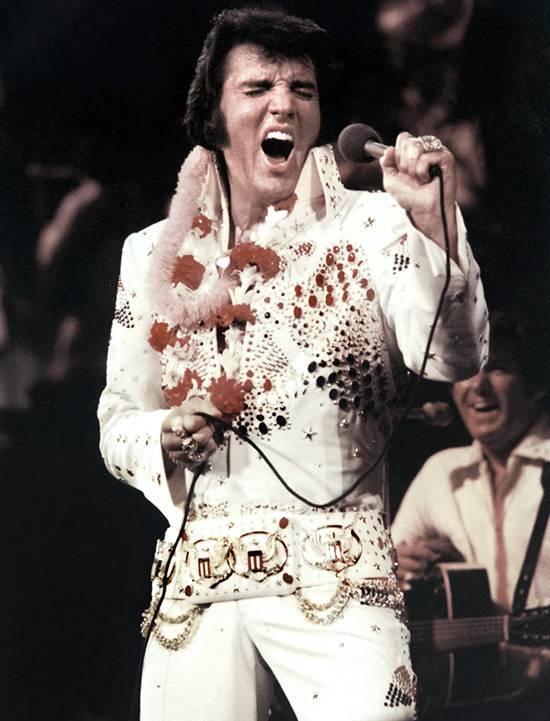
Presley’s rock and roll made music the primary channel for influencing and defining youth identity, exploding into the scene at the same time as the concept of the teenager in the 1950s when kids suddenly found themselves with leisure time and money. They spent both on music, then on clothes that their idols wore. With mass media making it possible to have a shared culture, young people started to define themselves less through class or locality. You were what you listened to and you made what you listened to incarnate through your wardrobe.
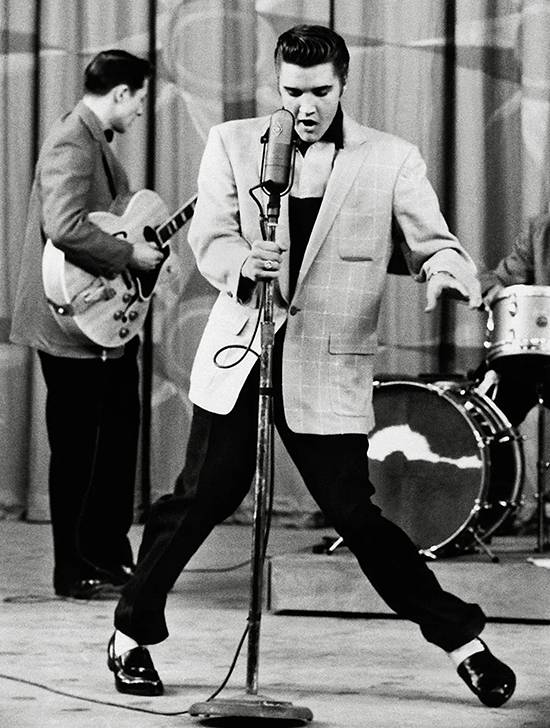
Elvis made it cool to be an outsider, defying the fashion rulebook by communicating that it was now okay for guys to wear pink, for white boys to wear the zoot suits associated with blacks and Mexicans, and for your wardrobe to differ from your dad’s. This radically changed the way the youth of America dressed and this reverberated around the world. In the Philippines, Filipino teenagers emulated both Elvis and the local movie stars. Fernando Poe Jr. and his co-stars wore Elvis-influenced outfits like short-sleeved shirts with upturned collars and rolled-up sleeves in the 1956 film Lo’ Waist Gang, which tackled the impact of American Youth Culture brought by Elvis, James Dean, and rock and roll music.
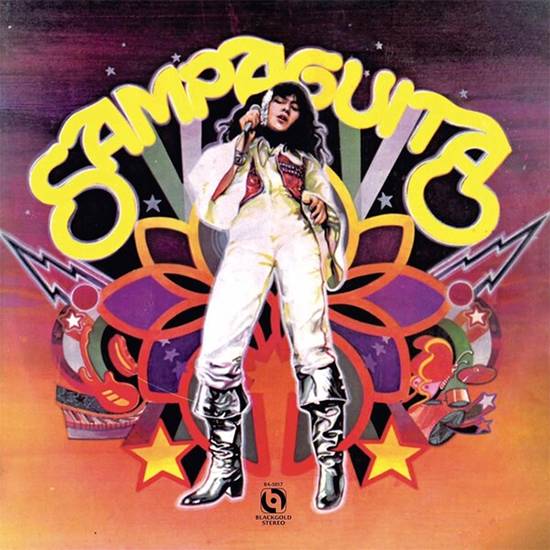
The 1960s belonged to The Beatles, who made it to Manila for a controversial concert in 1966 when they snubbed a social engagement hosted by First Lady Imelda Marcos. They nevertheless inspired fans to wear Beatle boots, slim suits, and bowl-like moptops. By the end of the decade, the band and rock music, in general, started dabbling in psychedelics and fashion turned countercultural with military uniforms ripped up and repurposed as anti-war statements because of the US involvement in Vietnam and wearing DIY gear like tie-dye shirts and self-made jewelry, all of which made it to our shores.
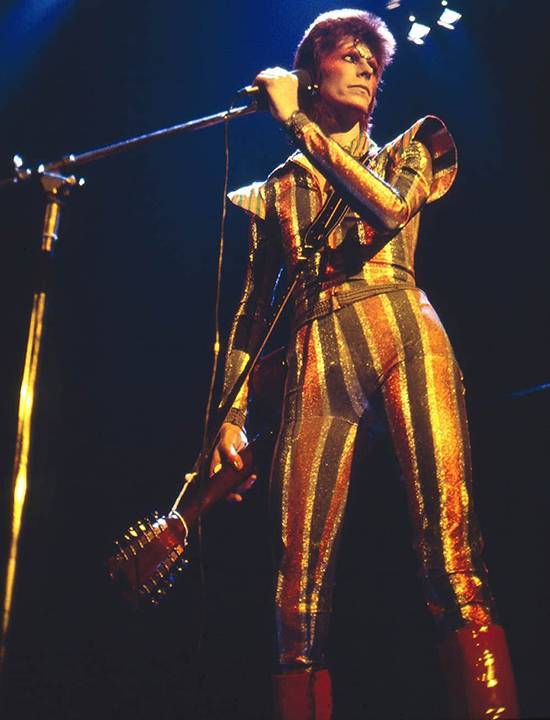
Sounds diverged and so did style in the 1970s as epitomized by David Bowie’s over-the-top glam of sequined jumpsuits. The Rolling Stones’ Mick Jagger was on the other end of the spectrum, in bespoke suits that he wore nonchalantly or with the flamboyance of a floral shirt underneath. Sampaguita, considered “The Queen of Filipino Rock Music” was a peg for women wearing tight jeans and knee-high boots, while the Juan Dela Cruz Band’s song Ang Himig Natin united young rockers who emulated their look of triple denim ensembles and long hair.
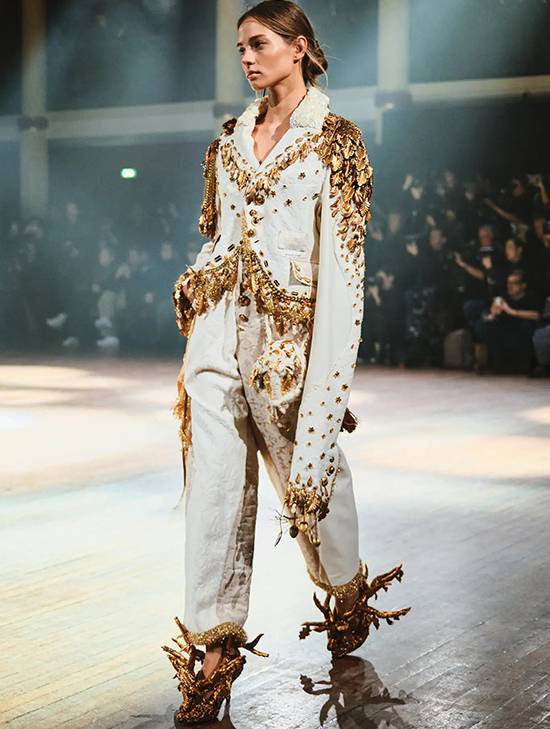
Although pop bands began dominating the mass fashion conversation towards the ‘80s, their ubiquity eventually made style setters restless, setting the stage for grunge. Punk fashion was also in the picture earlier, as pioneered by Vivienne Westwood in London, who dressed the rock band The Sex Pistols. Elements of punk—like leather and tartan skirts, torn and bleach-splattered jeans, Dr. Martens boots and heavy chain and spiked accessories—found their way to collections of Jean-Paul Gaultier, Thierry Mugler and Anna Sui, among others.
Like punk, grunge went counter to the mainstream through thrift shop finds, knitted cardigans and checked shirts, a look which Marc Jacobs channeled in a controversial 1993 collection for Perry Ellis, getting him fired but establishing his name while inciting the real grunge fans to decry his high-fashion (and high-priced) iterations of their flea market favorites.
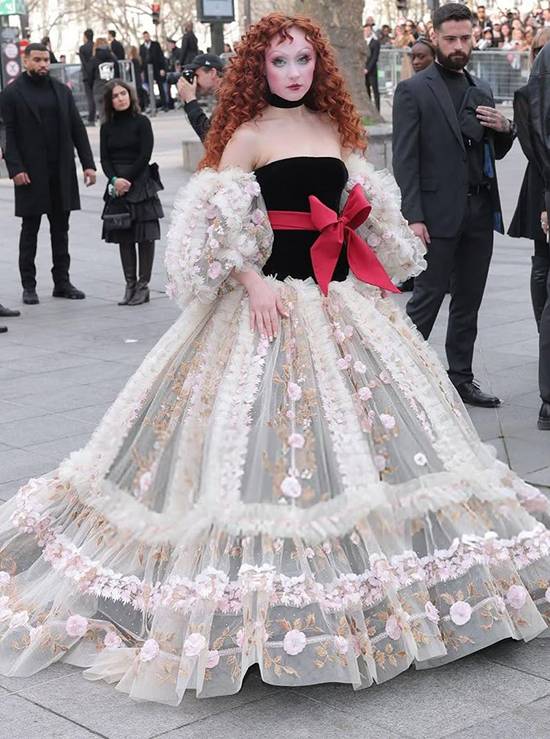
The ‘90s saw hip-hop and rave as the sartorial influencers—sagging jeans, chunky gold and diamond jewelry, bucket hats. By the 2000s, jeans became skinnier and shapes were mixed up the way The Strokes band members would play with silhouettes—skinnies with boxy blazers, loose safari jackets or cropped tops.
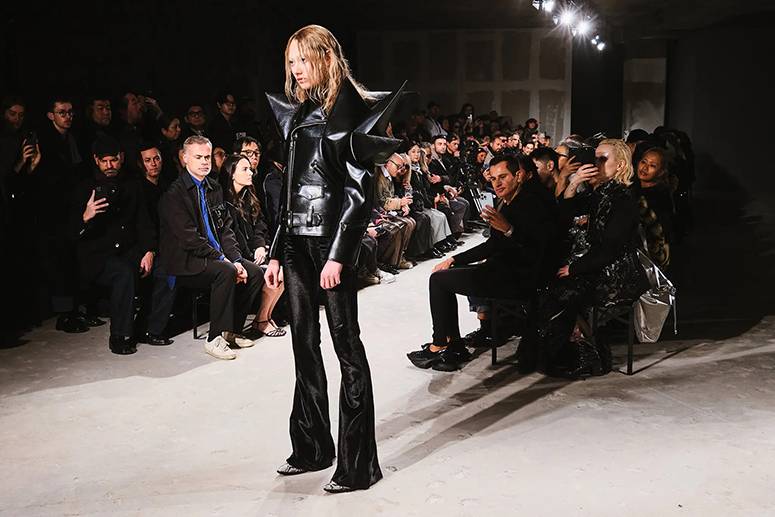
This freedom of mixing and matching is, of course, what defines fashion for the modern age as designers mine the greatest hits of rock concerts past to make it relevant for today. At the Fall Winter 20025-2026 shows in Paris, Japanese brand Undercover referenced Patti Smith for her rock and poetry through jackets with curved seams and oddball accumulations of pins and talismans, while a jumpsuit with gold embellishments had a futuristic Elvis aura. Junya Watanabe went more abstract with moto leather jackets in spiked sculptural shoulders. Rock, with its spirit of freedom, individuality, and originality, is certainly here to stay, with the new generation interpreting it for a new world.


